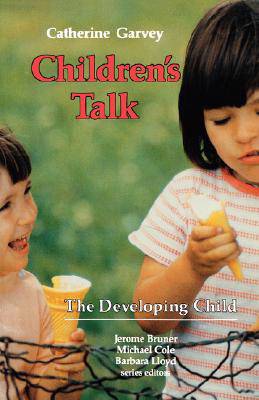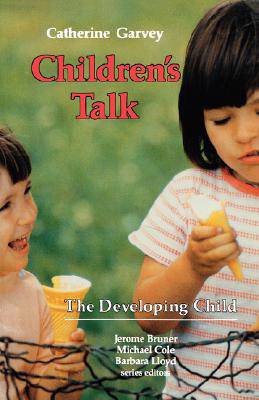
- Retrait gratuit dans votre magasin Club
- 7.000.000 titres dans notre catalogue
- Payer en toute sécurité
- Toujours un magasin près de chez vous
- Retrait gratuit dans votre magasin Club
- 7.000.000 titres dans notre catalogue
- Payer en toute sécurité
- Toujours un magasin près de chez vous
44,95 €
+ 89 points
Description
How do children learn the intangible rules of conversation? How do they make talk "work"? Adults usually regard talk as a simple means of conveying information. Catherine Garvey's examination of children's talk reveals, however, that much more than this goes on in any conversational exchange.
Talk always takes place in a particular situation or context: the speakers are continuously interpreting what is going on, and they adjust their responses accordingly. To be sure that the message is received, children must learn to engage the attention of the other person, to take turns at talking, and to set up signals for the beginning and end of conversation. They learn to confirm that the intended meaning is understood and to evaluate the acceptability of the message, and they acquire an understanding of the ritual aspects of talk, including marks of courtesy such as "please" and "thank you," displays of attentiveness, and an awareness of interpersonal status. Children must also learn to say "no," to use talk to reach a goal, and to interpret the differences in the ways other people talk. Garvey explains the importance of talk to children's socialization and development and shows why talk is an integral and revealing part of the child's life that reflects important changes in thinking and social interaction.Spécifications
Parties prenantes
- Auteur(s) :
- Editeur:
Contenu
- Nombre de pages :
- 252
- Langue:
- Anglais
- Collection :
- Tome:
- n° 21
Caractéristiques
- EAN:
- 9780674116351
- Date de parution :
- 01-01-84
- Format:
- Livre broché
- Format numérique:
- Trade paperback (VS)
- Dimensions :
- 138 mm x 210 mm
- Poids :
- 326 g







